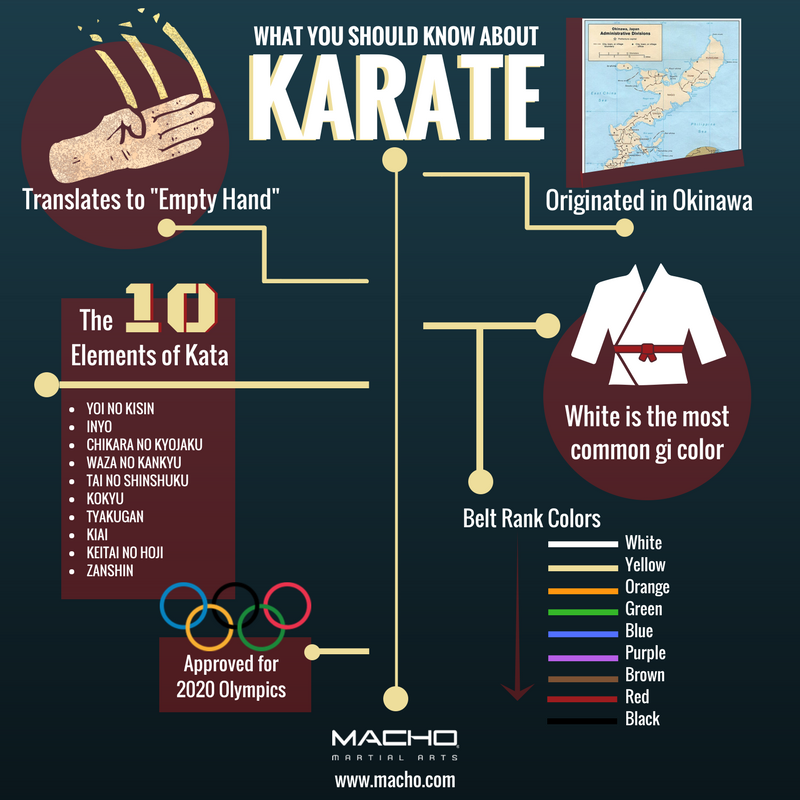A Historical Summary And Progression Of Martial Arts Around The World
A Historical Summary And Progression Of Martial Arts Around The World
Blog Article
Published By-Winkler TRUE
Martial arts have a fascinating history that covers centuries and continents. You may locate it fascinating exactly how ancient techniques like Shuai Jiao and Kalaripayattu laid the groundwork for modern-day combat strategies. These disciplines not just highlight physical skills yet also mirror the cultures that birthed them. As you explore their advancement, take into consideration exactly how globalization has actually transformed these conventional types into crossbreed styles. What impacts do you think have shaped today's martial arts landscape?
Ancient Martial arts: The Foundations of Combat
As you look into the world of old martial arts, you'll discover the abundant structures that shaped fight methods across cultures. Early techniques concentrated on Self-Defense and survival, frequently integrating strikes, grappling, and weapons.
In ancient China, for instance, strategies like Shuai Jiao emphasized tosses and joint locks, while India's Kalaripayattu showcased agility and fluid motion. Japanese samurai established Kenjutsu, a refined swordsmanship that highlighted self-control and strategy.
These martial arts served not just for battle but likewise as a means of individual development, instilling worths like regard and perseverance. The blending of these strategies in time laid the groundwork for the varied martial arts you see today, each mirroring the one-of-a-kind approaches and needs of its society.
The Cultural Influence on Martial Arts Development
While martial arts typically reflect the practical demands of a culture, they likewise personify the social values and ideas of their origins. When you discover various martial arts, you'll see exactly how they're affected by religious beliefs, philosophy, and social norms.
For example, the focus on regard and technique in Japanese martial arts comes from Zen Buddhism and samurai society. In contrast, Brazilian Jiu-Jitsu promotes flexibility and method, formed by the demand for efficiency in a diverse, modern atmosphere.
You may discover that the routines, uniforms, and training approaches show a community's history and identification. By understanding these cultural influences, you grow your admiration of martial arts and their function in shaping human experiences around the world.
Modern Adaptations and the Globalization of Martial arts
Martial arts have changed substantially in recent decades, adjusting to modern society and global impacts. You'll discover that typical kinds have mixed with modern strategies, creating hybrid styles like mixed martial arts. These adaptations deal with varied target markets, making martial arts available and enticing worldwide.
With the increase of social media and digital platforms, you can find tutorials and competitions from all corners of the globe, breaking geographical obstacles. This globalization has led to a shared recognition for various techniques, from Brazilian Jiu-Jitsu to Taekwondo.
As you involve with these arts, you'll realize they're not practically combat; they advertise health and fitness, self-control, and psychological health.
Ultimately, modern-day adaptations have enriched the martial arts landscape, making it a vibrant and developing technique.
Conclusion
In checking out the background and development of martial arts, you uncover a remarkable blend of methods, societies, and ideologies. From ancient self-controls like Shuai Jiao and Kalaripayattu to the modern adaptability seen in MMA, martial arts reflect humanity's quest for Self-Defense and individual growth. As filipino martial arts tattoos engage with these practices, you not just gain abilities however also a much deeper admiration for the diverse practices that form our world today. So, proceed https://www.tvguide.com/news/shows-like-cobra-kai-season-5-netflix/ and embrace the art of combat!
